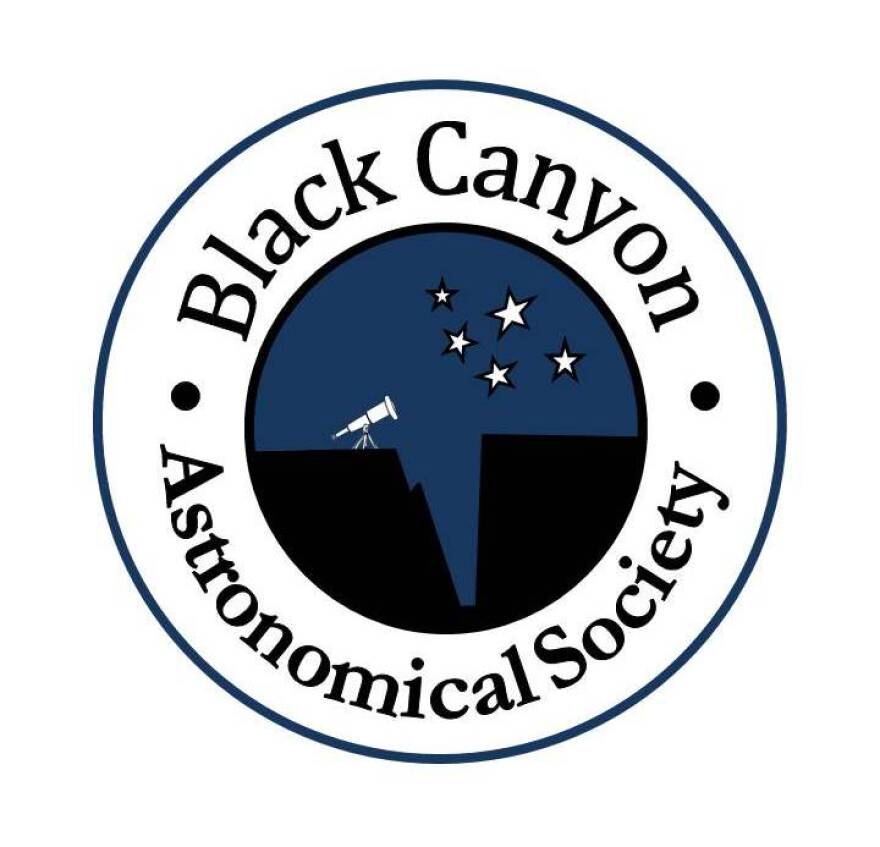Have you noticed that brilliant star in the western evening sky over the past few months? That “evening star” is Venus, Earth’s nearest planetary neighbor.
Venus’ distance from Earth decreases from 69 million to only 27 million miles from late March through early June. Venus is sometimes called “Earth’s twin,” because the two planets are nearly the same size. However, Venus has a scalding hot surface of about 800 deg F, due to a carbon dioxide-rich atmosphere and the fact that Venus orbits closer to the Sun than does Earth.
One of the brightest and most famous star clusters in the night sky is the Seven Sisters, also called the Pleiades, or M45. Those with good eyesight can see about 7 stars in this cluster unaided, hence the name, Seven Sisters. But, if you use binoculars, you’ll find the Seven Sisters to be a dazzling sight, containing dozens of stars. And, astronomers count more than 1,000 stars as belonging to this cluster. The Seven Sisters star cluster is 444 light years distant. That’s 2,619 trillion miles. Despite this seemingly enormous distance, the Seven Sisters is one of the nearest of the thousands of star clusters in our galaxy.
Being a nearby planet, Venus appears to move rapidly against the far more distant stars. The word, planet, derives from the ancient Greek term for “wanderer.” And, at times, Venus wanders by the Seven Sisters star cluster.
From about 8:30 to 9:30 p.m. on April 1 through April 5, watch Venus as it moves easterly past the Seven Sisters. On April 1, Venus will appear below the Seven Sisters. But on April 3, Venus will appear directly in front of this famous star cluster. This will be a spectacular sight, especially in binoculars or small telescopes. By April 5, Venus will have moved above the Seven Sisters but will still be visible near the cluster, even in binoculars. Take a few minutes on early April evenings to experience this eye-catching happening!

Western Slope Skies is produced by the Black Canyon Astronomical Society. This episode was written and recorded by Art Trevena.
Web links for Venus and the Seven Sisters
www.nasa.gov/feature/goddard/2017/messier-45-the-pleiades
solarsystem.nasa.gov/planets/venus/overview/
earthsky.org/?p=326661


